“I haven’t seen those for a few years. Tulips in autumn? Strange, isn’t it?”
“Actually,” my friend replied. “They’re not really tulips.”
“But the flower is shaped like a tulip, and it’s so tall.”
“It is tall, but the flower hasn’t fully opened. This is an autumn crocus. It is strange, however, that you don’t see it in your garden.”
It was rather buried among the foliage — and it grows more like ground cover. Perhaps I just don’t think to look for it.
Autumn Crocus Appearance
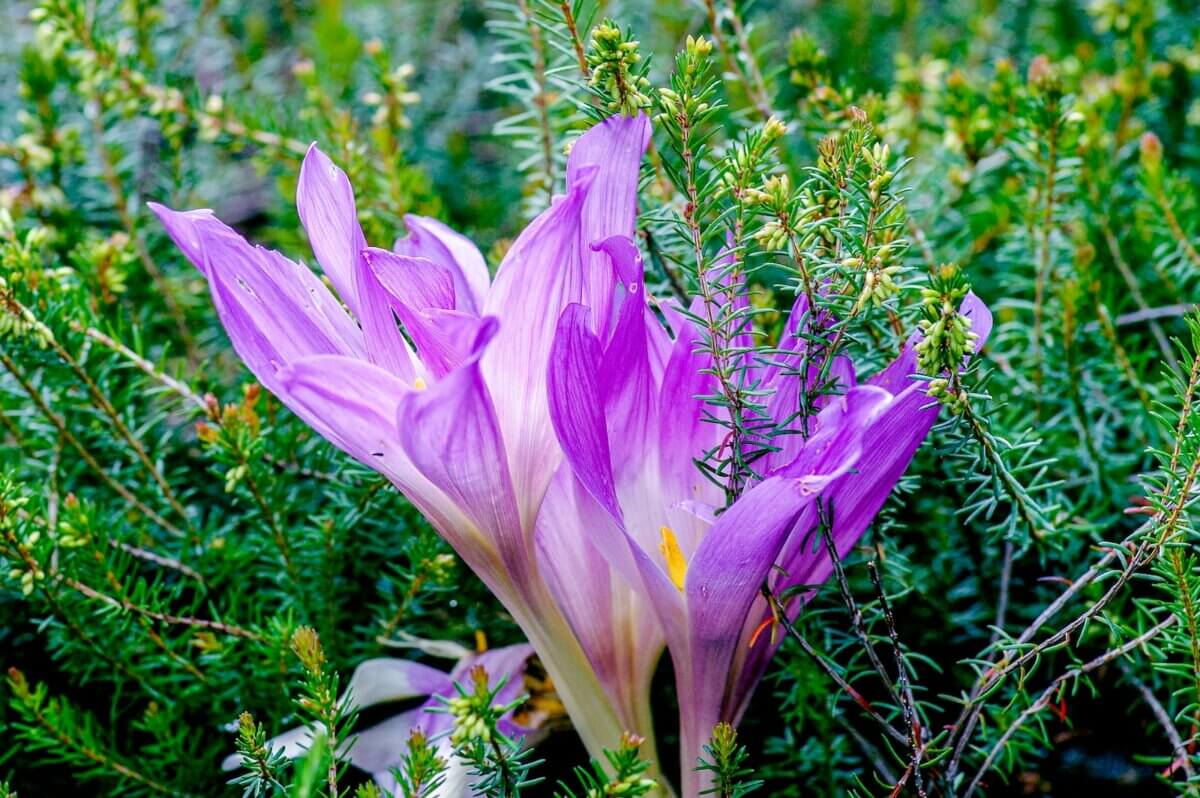
In spite of its appearance and the fact that it grows from a bulb, the autumn crocus is not a true crocus. It’s a perennial herb, even though the idea of it being an herb contradicts the fact it can be deadly poisonous. It certainly isn’t the typical, small flower that pokes its nose through the snow-encrusted land of early spring. It’s a hybrid of Colchicum from the fall-flowering bulb lily family. It’s also called meadow saffron and naked lady.
The 8- to 14-inch leaves stand upright and resemble those of a short, dark green tulip, which explains part of the reason why it could be mis-identified. It also looks like a romaine lettuce head. The leaves appear in the spring, but no flowers. The plant then goes dormant until autumn. This stage gives the plant an unattractive appearance and may result in gardeners digging up the bulbs in the summer, thus preventing them from blooming later.
Patience rewards the avid gardener. In early fall, a bouquet of flowers (up to 10 stalks per bulb) will appear. Each of the long, 4- to 6-inch stalks, produce a single, 2-inch wide, goblet-shaped flower that will be in bloom for up to two weeks. Since the leaves are long gone, the stalks are top heavy and lack the support other bulb plants receive to remain upright. Thus, the stems often lie on the ground, barely supporting the heavy blooms. Without the leaves, the autumn crocus appears naked, which may be the reason for one of its more common names: the naked lady. The most prolific flower color is a light pink or purple, though some cultivars do produce white flowers. The flowers may at first appear to be tulip-shaped, but as the petals open, they look more like crocuses. The autumn crocus has six stamens instead of the usual three stamens of the spring crocus.
Although it’s a late-season bloomer, the autumn crocus is attractive to bees and butterflies.
Where Can Autumn Crocus Be Found?
Originally native to Europe and North Africa, the autumn crocus is a wild bulb flower that can be found in woods and damp meadows. This explains why it does so well in my somewhat damp, wooded area. It has been introduced to some parts of North America, preferring regions where winters aren’t too cold and summers not too hot. It can be found in the Midwestern and Eastern regions of the United States, as well as in parts of Canada including the Southern regions of British Columbia, Ontario, Quebec, and the Atlantic provinces. It typically blooms in September.
How to Grow Autumn Crocus
Since they are an autumn-growing bulb, the autumn crocus bulbs need to be planted mid to late summer in order to insure fall blooming. However, if you’re like me, you’ll plant them once and leave the bulbs in the ground throughout the season to enjoy their autumnal blooms.
Interestingly enough, this large bulb can also produce flowers without being planted — though, given the proximity of a large population of squirrels and chipmunks, leaving the bulb outside, unplanted and unprotected by Mother Earth, would be inadvisable. Although poisonous to humans, it will definitely be chewed up quickly by the rodents.
The bulbs will thrive in well-drained soil, about 6 inches apart. Since the bulbs are large, they should be planted from 3 to 6 inches in depth. The autumn crocus does well under deciduous trees or shrubs, or mixed with other perennials. Mine grow under a mixture of deciduous and evergreen trees in a full garden of various summer flowers including lilies, hosta, peonies, and a mixture of various wildflowers. When my summer blooms dry out, the autumn crocus surprise me with their delicate blooms. I’ve heard these bulbs also thrive under grass (be careful not to cut the grass in September once the flowers start to appear) or in rock and gravel-based gardens. This delicate gem looks good growing in clusters or as scattered individual plants. Nothing appears to hold back this plant once it decides to bloom.
To divide, dig up the bulbs carefully in the summer after the leaves have died back and before the flowers appear. Bulbs also do well in containers. To overwinter potted bulbs, sink the containers into the ground just before it freezes.
Different Autumn Crocus Species
I hadn’t realized there were so many types of autumn crocus, but apparently there are over 64 species around the world. However, the most common ones are very similar in both appearance and cultivation.
- Alboplenum – a robust autumn crocus with double creamy white flowers
- Album – a weak-growing autumn crocus with white flowers
- Autumn white – also has white flowers
- Giant – free-flowering with large flowers (hence the name, ‘giant’) with violet flowers and a large white throat
- Lilac wonder – another large autumn crocus sporting narrow, rosy-purple flowers with white midlines
- Pleniflorum – a double lilac-pink flower
- Violet queen – violet-colored flowers with white lines in the throat and distinctive orange anthers
- Waterlily – commonly available with lilac-pink flowers and multiple (sometimes as many as 20) petals that resemble the waterlily (hence its common name); this variety is somewhat top-heavy and needs support to keep the stems upright
Autumn Crocus Uses
Although one of its names is meadow saffron, this plant should never be associated with the edible saffron used in spices, coloring, and some medicines. Meadow saffron is poisonous and should not be used in any foods or medicines. In fact, the ingestion of any part of the plant can be fatal. In milder cases, the result of ingesting this plant (whole or in part) can cause gastrointestinal discomfort and bleeding, bloody diarrhea, vomiting, drooling, liver and kidney damage, respiratory failure, and seizures.
In other words, it’s not safe to consume. Some medicinal uses have been recommended by professionals — but ingestion is not recommended without professional advice.
The Issue With Autumn Crocus
Like any other plants, the autumn crocus has its issues. I shared my story with a gardening group and asked why my bulbs randomly appeared one year then not again for several seasons. The answer I received was the same from several sources. Apparently, slugs affect the well-being of this plant. They love to wreak havoc on the bulbs. Also, rodents like squirrels and chipmunks frequently dig up the bulbs to either consume (they don’t appear to be affected by the toxicity) or replant them.
I love autumn crocuses and now look for them every fall. They’re like the last ‘hoorah’ of the gardening season before winter sets its icy claws on the land. And a dim promise that spring is coming — if not soon enough.


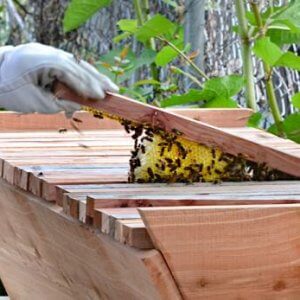




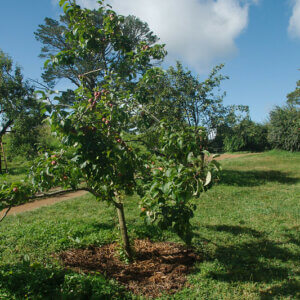






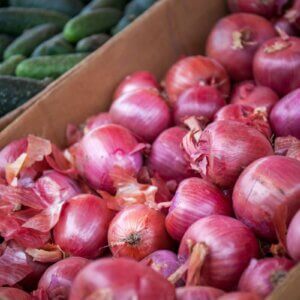







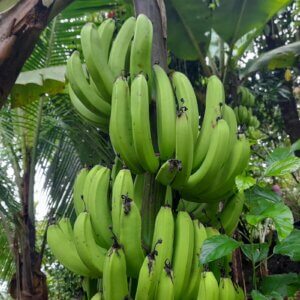
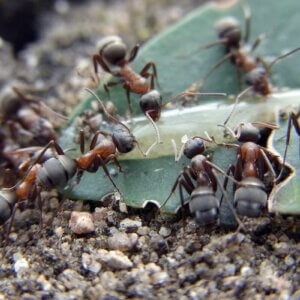
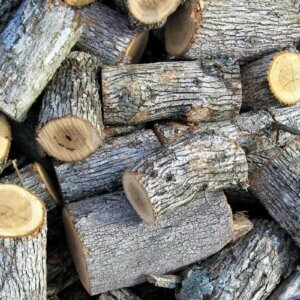



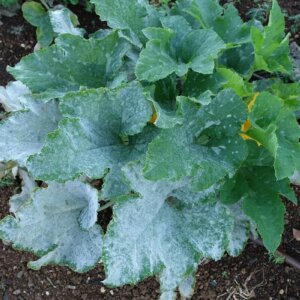


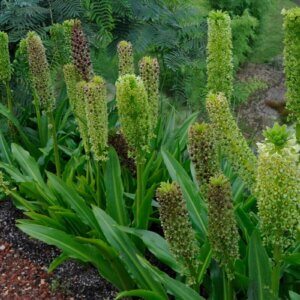
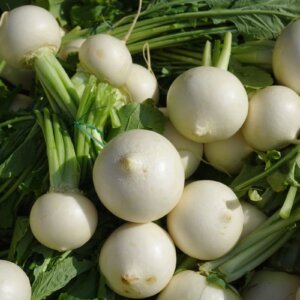

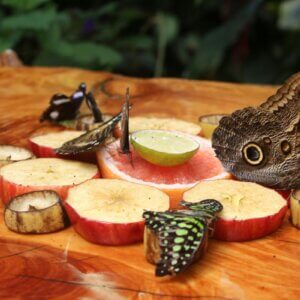

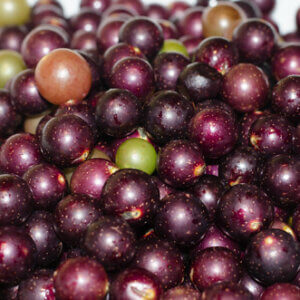



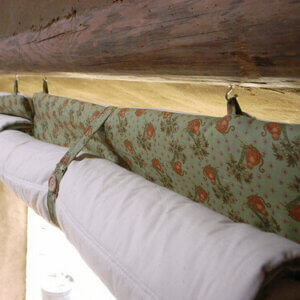
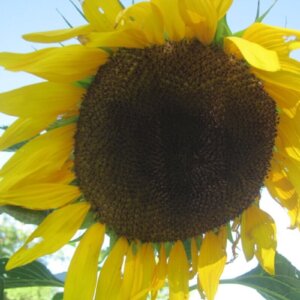
Leave a Reply